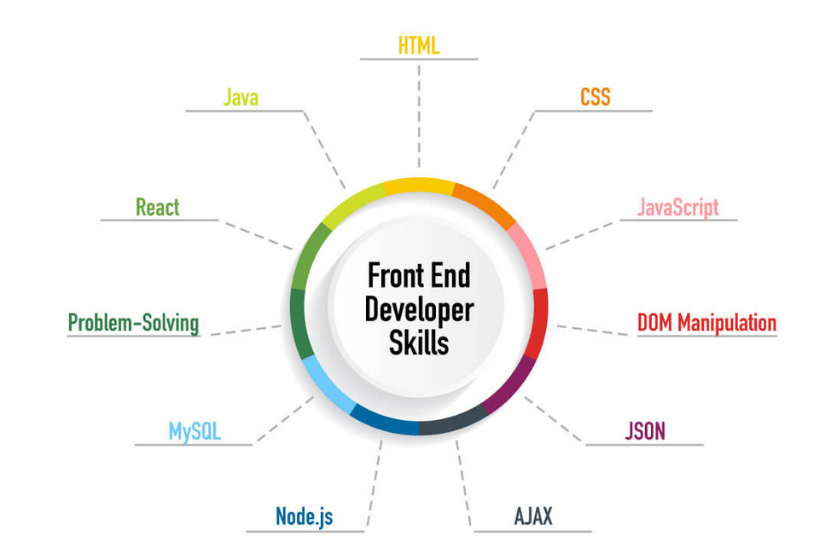The landscape of employer benefits has experienced a dramatic transformation from its modest beginnings to the impressive array we see in the modern job market. Originally perceived as a bonus, benefits have evolved into a critical component of employment, playing a pivotal role in shaping career decisions. However, it’s important to recognize the disparities in benefit offerings across various job sectors, a factor that can significantly influence career choices.
Given the significant impact of benefits on career choices, it’s crucial to narrow our focus. This article specifically examines the landscape of benefits in the United States. It is essential to remember that benefits can differ significantly from one country to another, a crucial consideration for those venturing into the global workplace.
The Evolving Face of Employer Benefits
Tracing its roots back to the industrial revolution, the concept of employer benefits began as a simple means to provide workers with basic health and retirement provisions. By the mid-20th century, benefits had expanded in response to growing labor demands and competitive job markets. Health insurance, pension plans, and paid vacations became more common, reflecting an era of economic growth and labor rights advancements.
Fast forward to the modern era, where benefits extend far beyond the traditional offerings. They can include comprehensive health insurance, generous retirement plans, paid parental leave, and mental health support. Companies, especially in the tech and corporate sectors, are exploring innovative benefits that go beyond meeting basic needs; they enhance the overall quality of life for employees as well as attracting and retaining top talent.
As the workforce evolves, so do the benefits that employers offer, reflecting a shift in employee values, lifestyles, and expectations. The new-age benefits emerging in the modern workplace are designed to cater to a more holistic view of employee well-being, work-life balance, and personal development.
Here’s a closer look at some of these contemporary benefits gaining popularity:

As we look to the future, the landscape of employer benefits is expected to undergo further evolution, driven by changing workforce demographics, technological advancements, and societal shifts. One key trend is the rise of personalized benefits. With a diverse workforce that spans multiple generations, there’s a growing need for flexibility in benefit options to cater to varying life stages and personal circumstances. Employers are likely to offer a ‘benefits menu’ from which employees can choose, tailoring their package to their individual needs.
Additionally, there’s a growing recognition of the role employers play in broader societal issues. We may see an increase in benefits related to social justice, environmental sustainability, and community engagement. Employers might offer volunteer days, contributions to causes important to employees, or benefits tied to sustainable practices.
Benefits as a Privilege: The Unequal Distribution
While the array of employer benefits in certain industries is impressive, this expansion masks a stark reality: for many workers, such benefits remain a privilege rather than a norm. This disparity is particularly pronounced in sectors like retail, hospitality, and the expanding gig economy, where minimal or no benefits are the standard.
In sectors like retail and hospitality, the workforce often comprises part-time or hourly workers, many of whom are excluded from the full benefits packages offered to their full-time counterparts. These workers frequently face challenges in accessing basic healthcare, paid leave, or retirement plans.
The gig economy, characterized by freelance and contract work, presents its own set of challenges. Gig workers, such as ride-share drivers or freelance graphic designers, often operate as independent contractors. This classification typically excludes them from the safety net of employer-provided benefits. Without access to employer-sponsored health insurance, retirement plans, or paid leave, these workers often have to navigate a precarious financial landscape, balancing the freedom of freelance work with the insecurity of limited benefits.
The Service Industry: A Case Study in Evolving Benefits
The service industry, encompassing a wide range of jobs from food service to retail, has long been characterized by minimal employee benefits. Traditionally, these roles have been marked by high turnover rates, variable hours, and a lack of job security — factors which have contributed to limited benefit offerings. However, recent trends indicate a significant shift in this landscape, as the industry begins to recognize the value and necessity of providing more comprehensive benefits to its workforce.
Some notable examples of this evolution include major retail and food service chains offering health insurance even to part-time employees, providing educational benefits like tuition reimbursement, and even stock options. These changes are not just limited to large corporations; small and medium-sized businesses in the service sector are also reevaluating their benefits packages to stay competitive.
The COVID-19 pandemic played a crucial role in accelerating these changes. As essential workers, many in the service industry faced unprecedented risks, highlighting the necessity of adequate health benefits and paid sick leave. This public health crisis has highlighted the critical role that these workers play in our daily lives, emphasizing the corresponding need for better support and benefits.
The Impact of Benefits on Career Decisions
The influence of employer benefits on career decisions is becoming increasingly significant in today’s job market. As workers become more aware of the long-term implications of their employment choices, benefit offerings such as health insurance, retirement plans, and work-life balance are often weighed as heavily as salary.
This trend is particularly pronounced among younger workers, including millennials and Generation Z, who often prioritize flexibility, mental health support, and opportunities for professional growth over higher salaries. These workers are more likely to choose employers who offer remote working options, wellness programs, and a culture that supports a healthy work-life balance. The emphasis on such benefits reflects a broader shift in workplace values, where quality of life and job satisfaction are paramount (2023 Gen Z and Millennial Survey, 2023).
For many, the decision to accept a job offer or stay with an employer is heavily influenced by the benefits package. In some cases, the availability of comprehensive health insurance or a robust retirement plan can be the deciding factor, especially for individuals or families with specific health needs or long-term financial goals.
The impact of benefits on career choices underscores a fundamental shift in the job market. Today’s workers are not just seeking employment; they are looking for a role that supports their overall well-being and aligns with their personal and professional aspirations.
For a topic that relies so heavily on choice, understanding offerings and finding roles that align with your benefits needs can be tough. To help you in your journey, here are a few tips:
Our top tips
- Research — Check employer websites, online forums, and job postings to find out what benefits are typically offered in your field or for a specific role or company.
- Negotiate — Before an offer letter comes your way, take stock of what benefits are critical for you. Often, salaries are fixed by budgets, but negotiating additional days off, professional development, or tuition reimbursement may be a worthwhile tradeoff. Our Salary negotiation guide has great resources to help you get what you’re worth.
- Don’t give up — If your passions lie in a field where benefits aren’t the norm or circumstances dictate a non-traditional work scenario, you may still have some options. Some industries, like hospitality, may have ancillary support such as grant programs for medical expenses. For example, in Colorado, the Restaurant Foundation offers assistance for mental health treatment for restaurant and hospitality employees. Similarly, the Brewers Guild owns its own full-service insurance agency.




